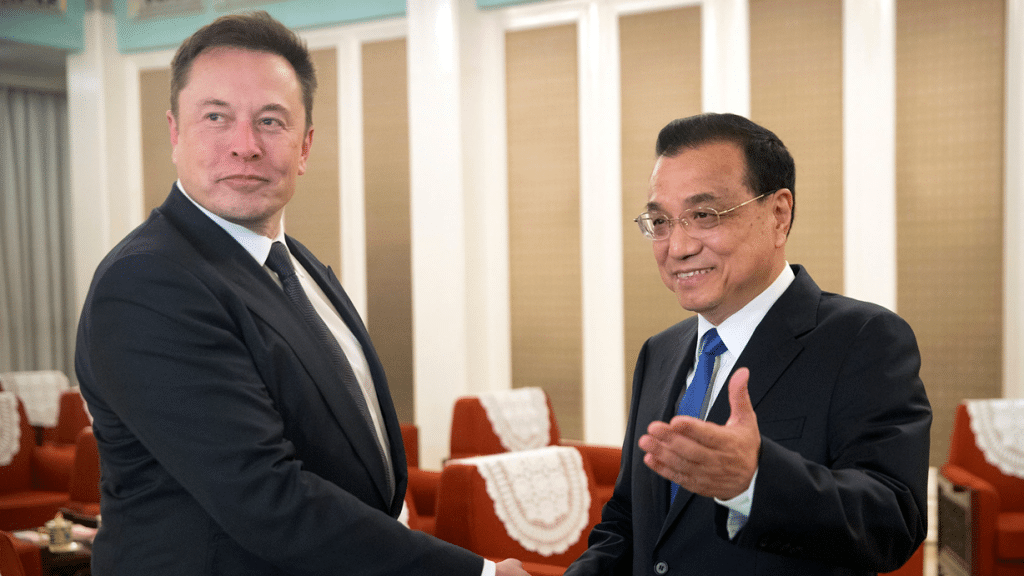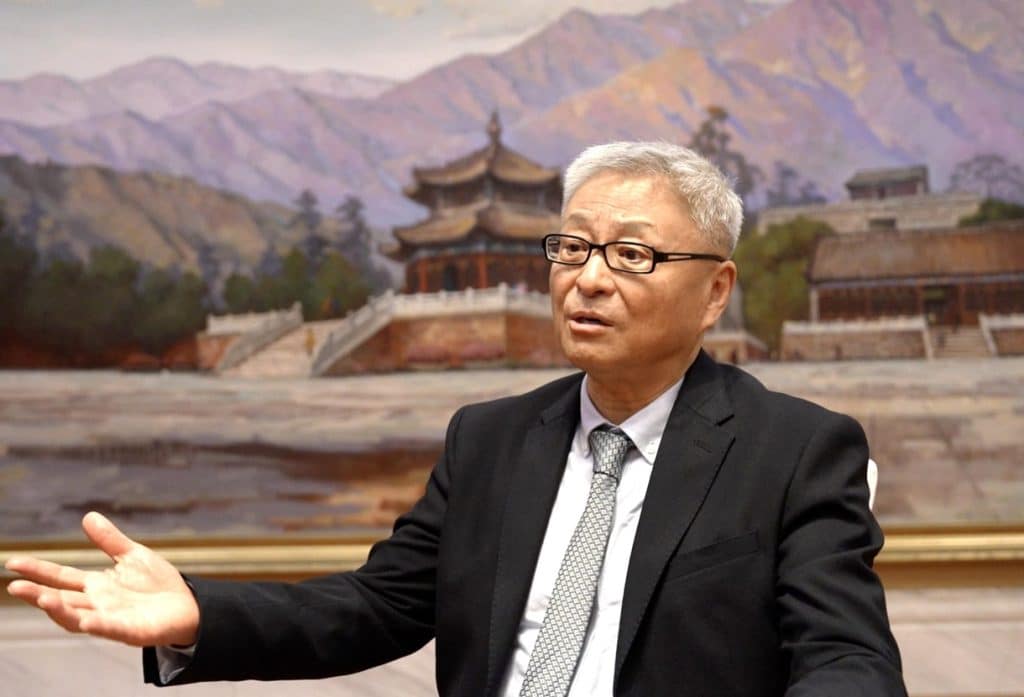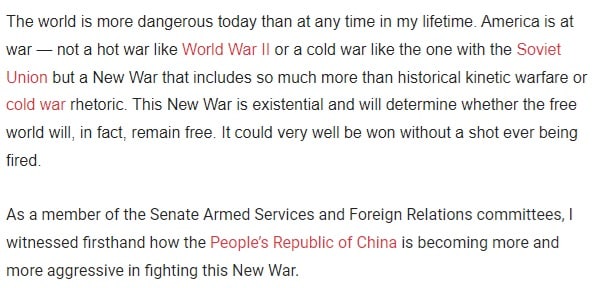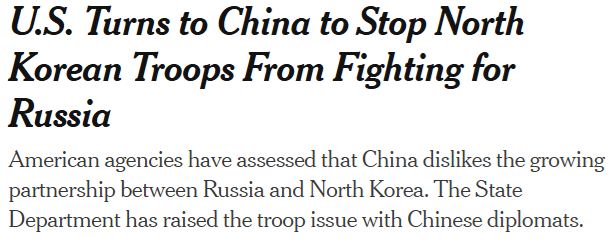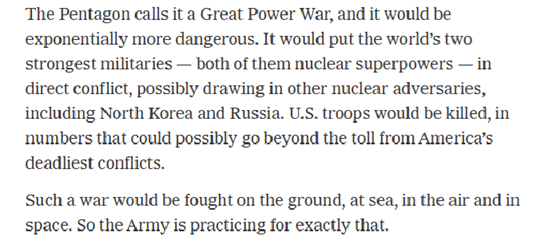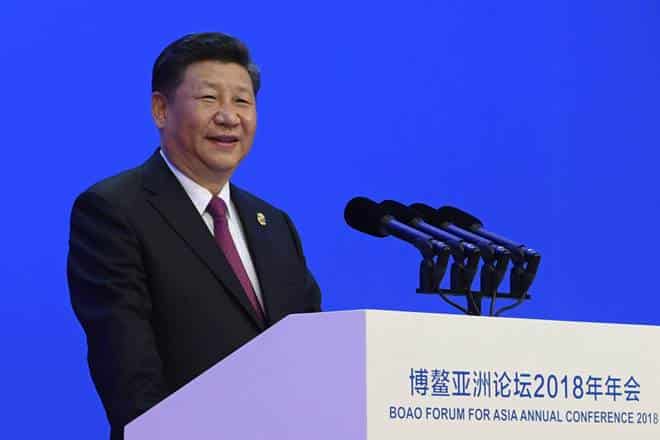China’s Interaction with the World Economy
作者:Camille McConaughey 来源:US-China Perception Monitor
On April 2nd, 2013, University of Oxford Professor Xiaolan Fu was invited to Emory University to present her views on China’s interaction with the world economy and the global economic recovery. The event was organized by the Halle Institute of Emory University in partnership with the Confucius Institute of Atlanta and the China Program of The Carter Center as part of Emory’s China Speaker Series.
According to Fu, over the past three decades, the landscape of the world’s economy has changed in part due to China’s integration with the global economy and the Chinese economy’s impressive growth. China’s share in both world imports and exports has multiplied by five since 1980, with its exports now reaching 11.3% of total world shares. China’s interaction with the world economy is done mainly through international trade, international direct investments, and innovation. Xiaolan Fu covered each of these aspects before addressing the important challenges that still lay ahead.
International trade
The majority of China’s products go to the U.S., Japan and Europe, as well as Hong Kong, the latter mostly being a platform from which products are re-exported. China’s main imports, however, come from Japan, South Korea and Taiwan, ahead of the U.S. and Germany. This import trend shows that China is integrated locally. On the other hand, the trade with ASEAN countries and Japan are ‘intermediate trade’ (the trading of components used to make final products), while the trade with the U.S. and Europe is a trade of final products. China’s role in this manufacturing process is mainly that of assembling imported pre-fabricated components and exporting final products. Its value added is very limited.
Over the past three decades, China’s economic structure has undergone major changes: China’s economy transition went from being a resource-export oriented economy to a manufacturing-export oriented one, which heavily relies on imported resources. This structural change has had an impact on the whole world economy. According to Fu, this structural change affected the comparative advantage of all countries. Overall, the world’s pool of unskilled labor force has increased due to China’s opening up in the 1980’s. This surplus of unskilled labor has had an impact on prices; prices of manufactured goods decreased while that of commodities rose. China’s economic growth has also led to increased demands in specific fields such as machineries, technology, and resources, which has benefited hi-tech, developed states and resource-rich countries more than countries lacking complementary competitive advantages to China.
International Direct Investments
In the 1990s, China was a major recipient of foreign direct investment (FDI). Over the last ten years, however, China’s outward direct investments (ODI) have multiplied by five and China is now an important source for FDIs. The main destinations of China’s ODIs are Hong Kong, Macau and Taiwan; the Virgin and Cayman Islands, Asia, Europe and Africa (in order of ODI flow). China’s investments in Latin America are still limited.
Fu emphasized the fact that only 30% of the investments are spurred by state-owned entities while the rest come from the private sector. The majority of China’s ODI are manufacturing-related and not resource-oriented.
A survey that Fu conducted herself in China’s dynamic Guangdong region showed that Chinese entrepreneurs favor the U.S. as a recipient of Chinese FDIs due to its exceptionally strong consumer market. Their desire for advanced knowledge drives Chinese investments to both the U.S. and the E.U.
The effects of China’s ODIs are different depending on the region. While China’s ODI flow to the U.S. and Africa helped increase competition in local markets, its effects on other middle-income countries are not significant, mainly because the investments in these countries are limited and usually resource oriented. According to Fu, the growth effect of FDI in host economies has an impact on direct financing, job creation, knowledge transfer and spillover as well as competition, all of which are important drivers for economic growth. She further emphasized that jobs are created due to the fact that China tends to create factories (which produce new jobs) instead of acquiring firms (especially in developing countries).
International Innovation Collaboration
Fu addressed international innovation collaboration by stressing how fundamental innovation is for long-term development. Even though it is a late comer in this field, China has significantly increased its Research & Development (R&D) efforts over the past ten years. China is now the world’s third largest R&D investor.
The Chinese Government’s increased openness and participation in international collaboration is seen by Fu as a potential sign of China’s willingness to take the path of innovation rather than copying. This drive for innovation, however, is made difficult by China’s current educational system—one of China’s bottlenecks—which promotes learning by rote memorization instead of encouraging creativity and critical thinking.
Chinese collaboration with international actors is still very shallow, mainly due to a lack of trust. Distrust is usually spurred by technological inequality leading the more advanced party to be suspicious of the other’s intentions. Many foreign firms are still worried over the potential theft of intellectual property and reverse-engineering. This general perception that China lacks Intellectual Property Rights (IPR) protection does not help to create an environment in which trust can easily be established.
Even though China has adopted IPR legislative measures, the problem now lies in the implementation of these laws. The competition between different Chinese local administrative entities trying to defend their own interests also poses an additional barrier to the implementation of IPR-related laws. Other barriers, such as language and cultural differences, also present an obstacle to deepening international collaboration.
On the other hand, Fu pointed out that foreign companies have a lot to learn from Chinese firms’ capabilities in how they position themselves in markets, how they identify strategic sectors, how Chinese firms are organized and their approach to cost management.
Challenges Ahead
Fu reminded the audience that the way forward cannot be expected to be flat and smooth. As China has integrated into the world economy, trade disputes have increased and the trade environment for Chinese firms has deteriorated. China also faces internal problems: it needs to change its own economic structure, which is not viable on the long term. China needs to upgrade its economic system from being labor intensive to technology intensive, and combat the stigma of being a low quality manufacturing country. China also needs to reform the role of the State within its economic system.
Another challenge for China is to increase consumption amongst its population, which is hard to implement due to the Chinese tendency to have a high savings ratio. China’s failure to increase consumption is partly due to the unbalanced welfare redistribution and the poor healthcare system. Without guarantees for their future, Chinese citizens are forced to save their money, instead of spending it.
Fu concluded the event by pointing out the emergence of a middle-class in China, and said she hopes this new middle-income class will become a driver for future economic developments and maybe even for more democracy?
Compiled by Camille McConaughey. Camille is an intern with the China Program at The Carter Center. She is a recent graduate in International Relations at the French Oriental Language and Civilization Institute in Paris.
Photo: Piles of containers at Waigaoqiao Container Port are seen in Shanghai, China. / AP
来源时间:2018/4/6 发布时间:2013/4/8
旧文章ID:15846


